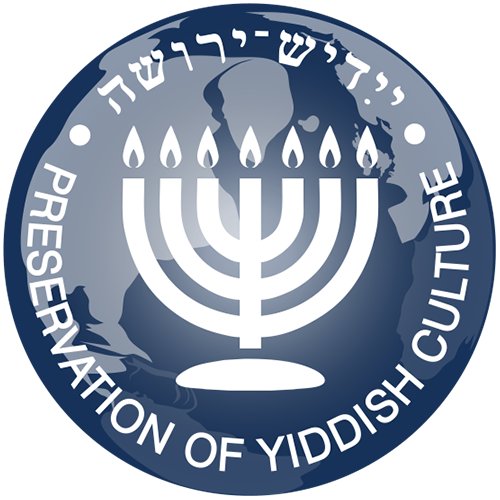Yiddish
Yiddish (ייִדיש, יידיש or אידיש, yidish or idish, pronounced [ˈ(j)ɪdɪʃ], lit. ’Jewish’; ייִדיש-טײַטש, Yiddish-Taytsh, lit. ’Judeo-German’)[8] is a West Germanic language historically spoken by Ashkenazi Jews. It originated during the 9th century[9] in Central Europe, providing the nascent Ashkenazi community with a High German-based vernacular fused with many elements taken from Hebrew (notably Mishnaic) and to some extent Aramaic. Most varieties of Yiddish include elements of Slavic languages and the vocabulary contains traces of Romance languages.[10][11][12] Yiddish is primarily written in the Hebrew alphabet.
Prior to World War II, its worldwide peak was 11 million, with the number of speakers in the United States and Canada then totaling 150,000.[13] In the 1990s, there were around 1.5–2 million speakers of Yiddish, mostly Hasidic and Haredi Jews.[citation needed] A current estimate from Rutgers University gives 250,000 American speakers, 250,000 Israeli speakers, and 100,000 in the rest of the world (for a total of 600,000).[14]
